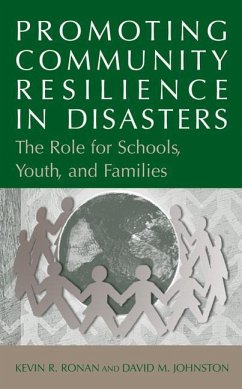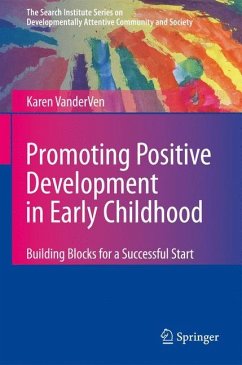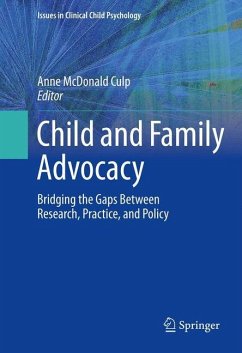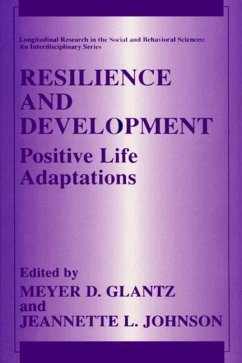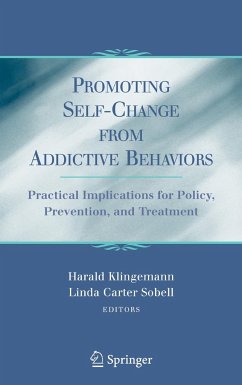
Promoting Community Resilience in Disasters
The Role for Schools, Youth, and Families

PAYBACK Punkte
38 °P sammeln!
When large-scale disasters occur, they typically strike without warning-regardless of whether the cause is natural, such as a tsunami or earthquake, or human-made, such as a terrorist attack. And immediately following a hazardous event or mass violence, two of the most vulnerable groups at risk are a community's children and their family members. Promoting Community Resilience in Disasters offers both clinicians and researchers guidance on hazard preparation efforts as well as early response and intervention practices. It emphasizes an evidence- and prevention-based approach that is geared toward readiness, response, and recovery phases of natural and human-made disasters, examining such key topics as:
- Establishing a community resilience framework
- Reviewing current theory and research
- Understanding the role for schools, youth, and families
- Building a partnership and multidisciplinary perspective
- Recognizing the importance of readiness and risk reduction
- Providing public education and response during a crisis
- Developing recovery programs that focus on physical and social factors
- Setting evidence-based guidelines for practice
Establishing an interface between research and practice
Promoting Community Resilience in Disasters is specifically geared toward assisting those who work in school or community settings-including school psychologists and counselors, emergency managers and planners, and all mental health professionals-not only to increase resilience after a disaster, but to respond and intervene as quickly as possible when catastrophe strikes. It will assist those charged with the responsibility for helping others respond to and rebound from major traumas, especially clinicians and other professionals who work with children and their family members.
- Establishing a community resilience framework
- Reviewing current theory and research
- Understanding the role for schools, youth, and families
- Building a partnership and multidisciplinary perspective
- Recognizing the importance of readiness and risk reduction
- Providing public education and response during a crisis
- Developing recovery programs that focus on physical and social factors
- Setting evidence-based guidelines for practice
Establishing an interface between research and practice
Promoting Community Resilience in Disasters is specifically geared toward assisting those who work in school or community settings-including school psychologists and counselors, emergency managers and planners, and all mental health professionals-not only to increase resilience after a disaster, but to respond and intervene as quickly as possible when catastrophe strikes. It will assist those charged with the responsibility for helping others respond to and rebound from major traumas, especially clinicians and other professionals who work with children and their family members.
A myriad of models are available to guide practice before, during, and following disasters. As emphasized in this book, we value the role of research in informing our assessment, education, and intervention efforts in this area. Keeping an eye on those elements that have research backing certainly assists with quality control generally. However, more specifically, we also stress the idea that there is evidence to support a role for hope and positive expectations in the motivation and engagement process. In addition, the more that people, including youth and adults, actively participate in efforts designed to help, the more benefits they tend to receive. The role of research in providing that initial hope and inspiring more active engagement with internal and external resources before, during, and after a disaster is part of the foundation of our practice in this area. In fact, in the clinical psychology training program directed by the senior author, the idea that we attempt to inculcate with our trainees is the idea of "hope and engagement on an evidence-based foundation." Consequently, we do advocate for models of practice that have identified "active ingredients" that are included: those particularly identified through controlled evaluation research. However, it is also the case that a number of risk and protective factors identified through a number of studies (e.g., see Chapter 2) have as yet to be systematically included.





